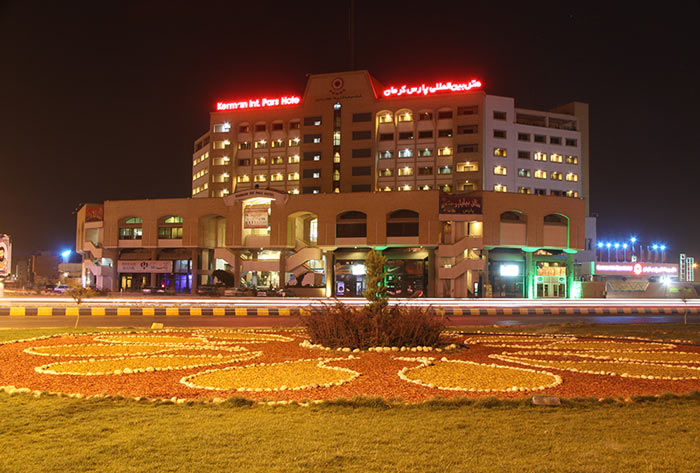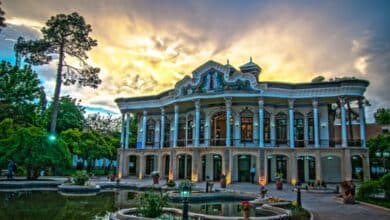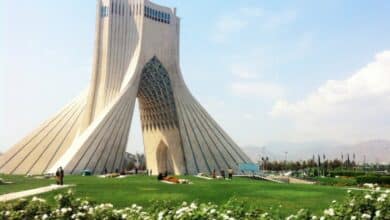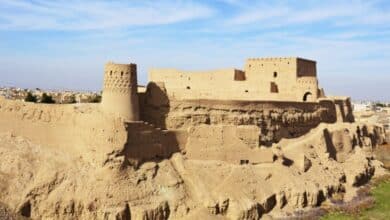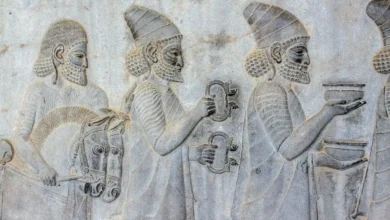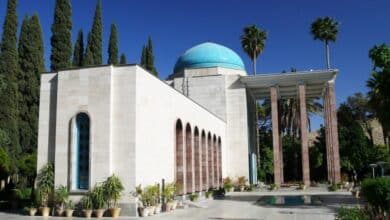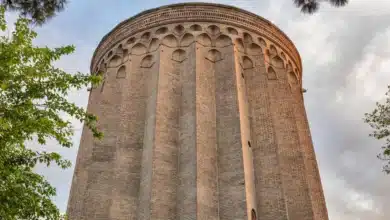Rayen Citadel: The Second Largest Adobe Castle in The World
Hidden Wonders of Rhine Citadel in Kerman

The Rayen Citadel of Kerman stands as a remarkable historical structure made of adobe, located in Kerman province. Spanning over an expansive area of 22,000 square meters, it proudly holds the title of being the second largest adobe building globally, following the Bam Citadel.
The Rayen Citadel, an architectural marvel from the Sassanid era, has been officially recognized as a national monument of Iran. This magnificent structure encompasses various sections such as the bustling bazaar, the opulent ruler’s residence, elegant noble houses, a sacred fire temple, and the vibrant common neighborhoods.
Standing tall and proud, the Rayen Citadel is fortified by a formidable ten-meter-high fence, showcasing the grandeur of Sassanid architecture. Each year, numerous tourists, both local and international, flock to this historic site to marvel at its beauty and immerse themselves in its rich cultural heritage.
Contents
All About Rayen City
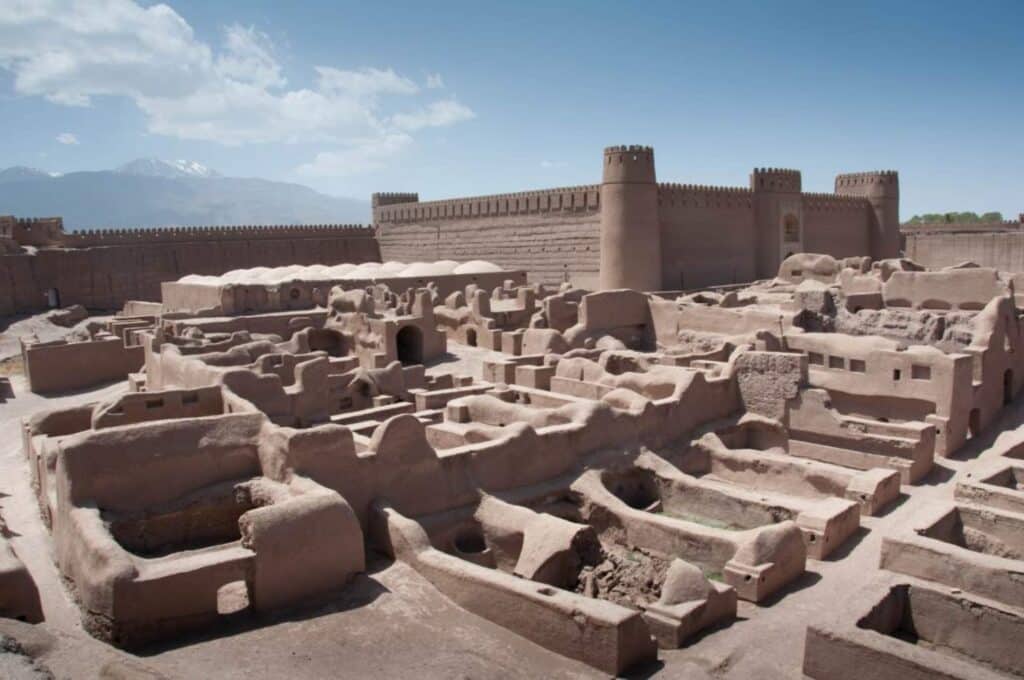
Rayen is a city known for its picturesque landscapes and arid climate. Situated along a major east-west communication highway, it has historically served as a bustling hub for commerce and trade. As you enter the city, the towers and congresses of the adobe castles offer a glimpse of the Rayen, once a refuge and dwelling place for its inhabitants. The Rayen Citadel, a historic castle, stands as a smaller counterpart to the renowned Bam Citadel, the largest adobe structure in Iran and the world.
The Rayen Mosque is adorned with ancient plane trees that have stood tall for over a millennium, adding a unique charm to the city. Additionally, in front of the Imamzadeh Zaid shrine on Taleghani Street, there is a majestic cedar tree that has graced the area for 400 years. These magnificent trees contribute to the city’s aesthetic appeal. As per the 2015 census, the population of Rayen amounts to 15,672 individuals. The residents of Kerman and Rayen province predominantly speak Persian with a Kermani dialect, which bears resemblance to the Shirazi dialect. Turkish and Balochi languages is also widely spoken among the nomadic communities.
Rayen boasts a moderate mountain climate characterized by cold winters and pleasant summers. This city is renowned for its desert campus, offering a delightful climate, high-quality fruits, stunning waterfalls, and mineral water springs. Pomegranates, apples, pears, berries, apricots, walnuts, almonds, and pistachios are among the bountiful garden produce found in this picturesque city.
The Location of Rayen City
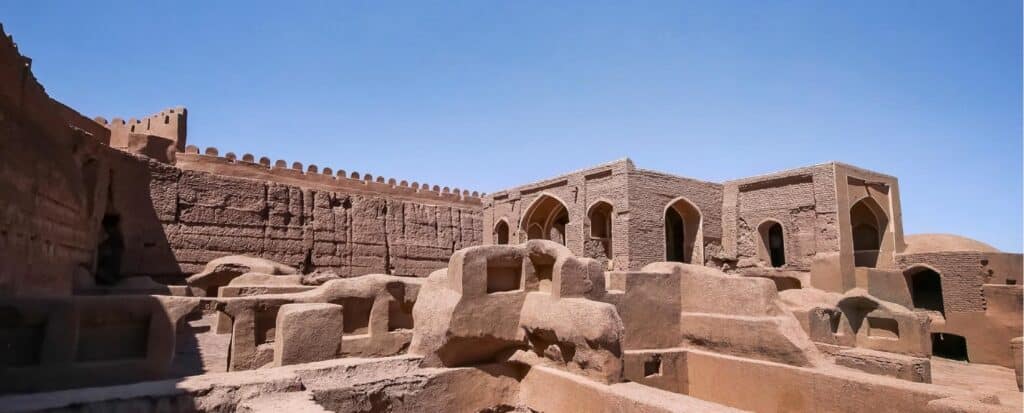
The Rayen Citadel is situated above the slopes of the Hezar Mountains, approximately 100 kilometers from Kerman. This magnificent castle, known as the second adobe building in the world, showcases a remarkable architectural style and houses various historical artifacts. Its origins can be traced back to the Sassanid era.
While the Rayen Citadel’s architecture resembles that of the Bam Citadel from an aerial perspective, it is significantly smaller in size, comprising only one-eighth of the Bam citadel, and utilizes a quarter of the materials. Notably, the Rayen Castle has never been conquered by its adversaries, thanks to its strategic hilltop location, surrounding moats, and robust, impenetrable walls.
Structure of the Rayen
Before entering the first citadel, individuals were required to pass through a section known as quarantine at the entrance of the citadel. This was to ensure that only healthy individuals could enter the Rayen citadel. The bazaar serves as the entrance to the citadel and features narrow, covered corridors designed to combat the heat. Beyond the bazaar lies the speech square, which was once used to disseminate important news from the government castle to the general public. The citadel is divided into sections, with stairs separating the Khanate from the nobility and common people. Interestingly, even the materials used in the elite section differ from those used in the public areas.
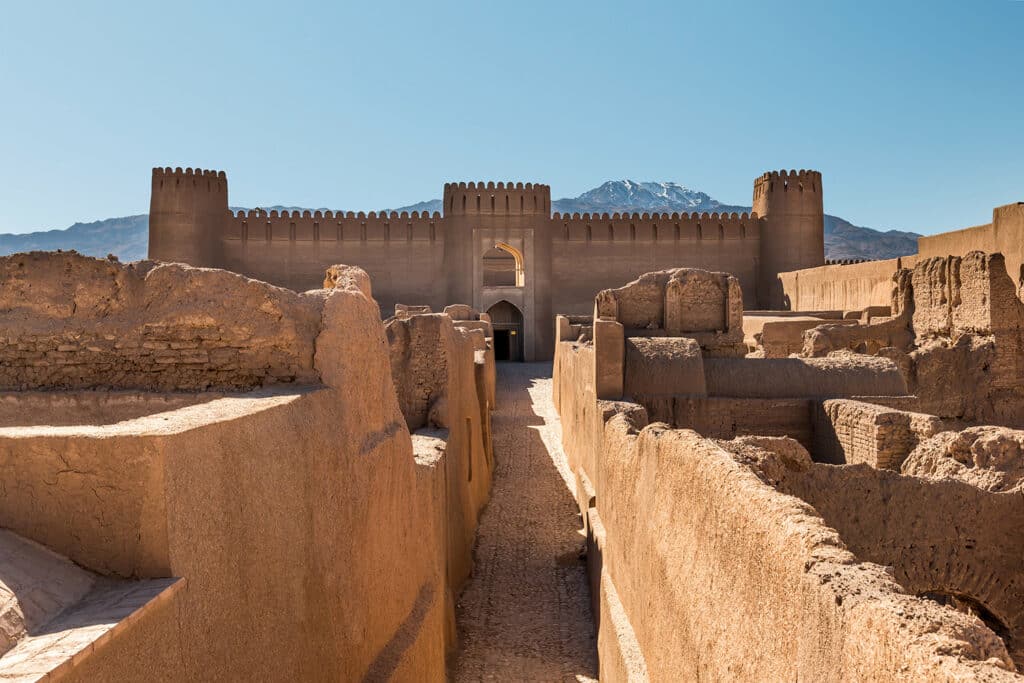
The method of communication among the watchtowers encircling the castle was structured in a manner where the 15 auxiliary towers relayed acquired information to the central or primary tower situated within the governmental fortress. Within the guard section adjacent to the entrance door, there exist apertures that allowed for the surveillance of individuals passing by atop the tower. In times of conflict, when various individuals and adversaries infiltrated, it was possible to pour heated substances upon their heads.
The Rayen Citadel of Kerman had a section specifically designated for both a permanent and temporary fire temple. Presently, the permanent fire temple serves as a warehouse, while the temporary fire temple was illuminated during special ceremonies and celebrations.
The architectural design of Rayen Castle, resembling a maze with towering walls, was employed as a strategic measure to deter potential attackers from infiltrating the castle
Having undergone renovations in 1374, Rayen Castle remains remarkably sturdy and well-maintained. It was inhabited by numerous individuals until a century and a half ago.
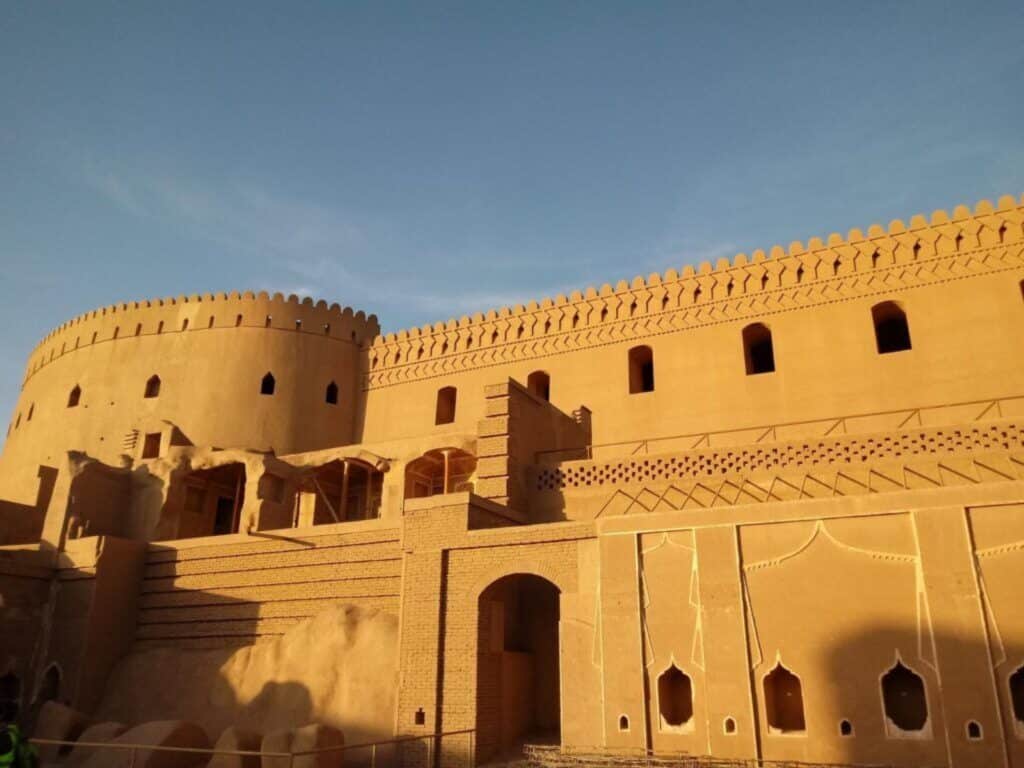
The Rayen Citadel boasts a total of 16 towers, strategically positioned at the corners and in the middle of both the outer and inner fences. Out of these 16 towers, 15 were responsible for safeguarding and overseeing the security of the citadel’s inner and outer spaces. The remaining tower, known as the mother tower or number one tower, served primarily as an information hub. Each of these towers is designed with two stories and features staircases on two sides.
One set of stairs leads to the top of the tower, while the other leads to the next tower. Within the structure of all the towers in the Rayen Citadel, there are observation holes and beams specifically designed for defense purposes. The towers are constructed using clay and layers, while wood is utilized for the foundation and edges of the stairs.
